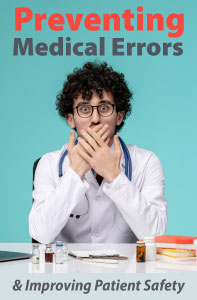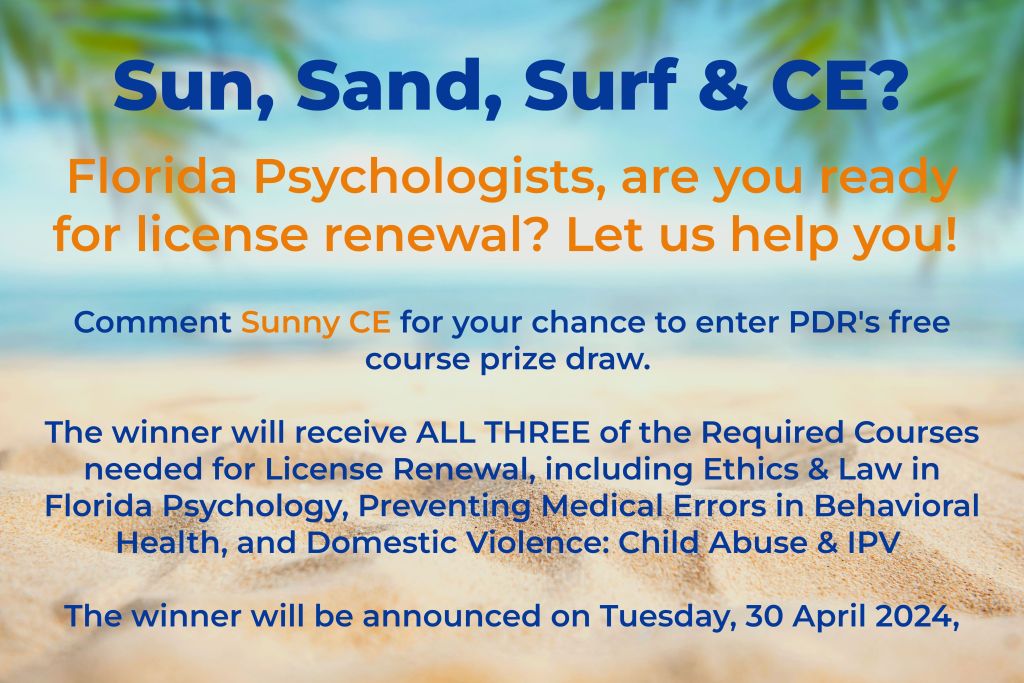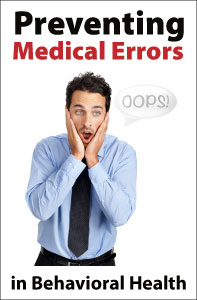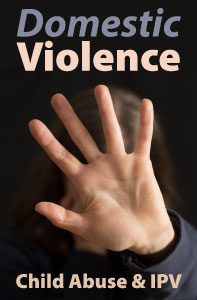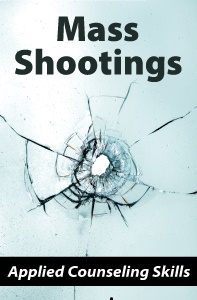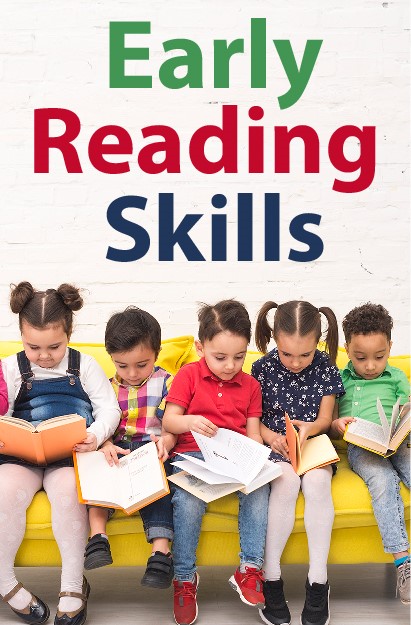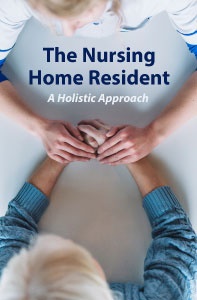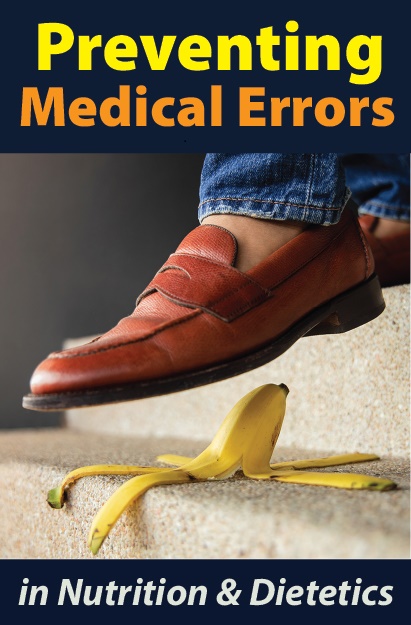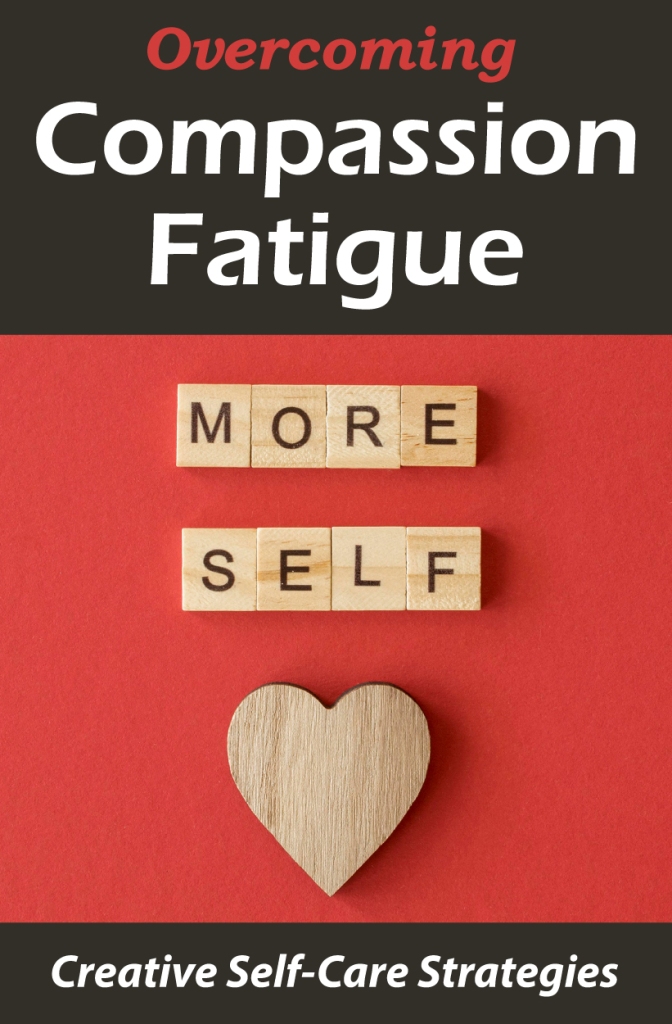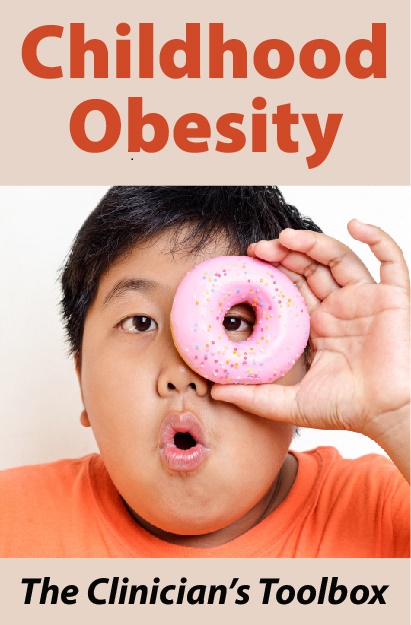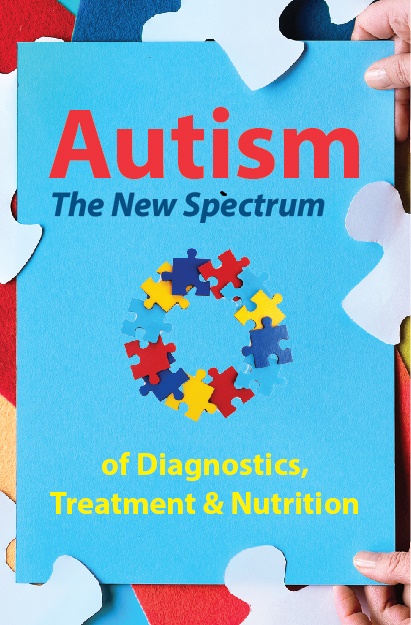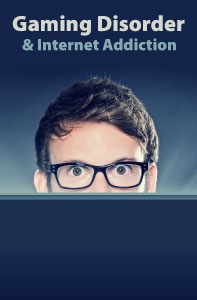
Excerpt from the course Alzheimer’s Disease & Dementia: A Practical Guide by, Laura More, MSW, LCSW
The National Academy of Medicine (NAM, 2015) published a guide to cognitive aging to help healthcare professionals advise patients about normal and abnormal cognitive health. Key information includes:
- The brain ages, just like other parts of the body. The brain is responsible for cognition, a term that describes mental functions including memory, decision making, processing speed, and learning. As the brain ages, these functions may change—a process called cognitive aging.
- Cognitive aging is not a disease. It is not the same as Alzheimer’s disease or other types of dementia. Cognitive aging is a natural, lifelong process that occurs in every individual.
- Cognitive aging is different for every individual. Some people may experience very few effects, while others may undergo changes that affect the cognitive abilities needed to carry out daily tasks, such as paying bills, driving, and following recipes.
- Some cognitive functions improve with age. Wisdom and knowledge often increase with age, and older adults report greater levels of happiness and satisfaction than their younger counterparts.
- There are steps people can take to protect their cognitive health. Although aging is inevitable, it is possible to promote and support cognitive health and adapt to age-related changes in cognitive function.
For most aging adults, fear of dementia is a worry that clouds their expectations of what is to come with advancing years. A forgotten name or a wrong turn on the way to a familiar destination evokes fear of cognitive decline and, worse, the loss of self. It can be helpful to educate older adults about the normal changes in cognition that can be expected with age. Fjell and colleagues (2014), writing for the Alzheimer’s disease Neuroimaging Initiative, describe normal aging changes in contrast to pathological neurodegeneration. The issue, according to the authors, is that three of the primary symptoms of Alzheimer’s disease are found in many healthy older adults. These symptoms include poor episodic memory function (a person’s memory of life events), brain atrophy, and accumulation of amyloid protein.
Another problem is that the major risk factor for Alzheimer’s disease is age itself. With increasing age come normal cognitive declines in mental speed, executive functioning, and episodic memory. Episodic memory starts to decline at age 50. Fjell et al. (2014) note that there are three categories of older adults in terms of memory decline: maintainers (18%), typical age decliners (68%), and decliners (13%). Maintainers were more likely to be female and live with someone. Decliners tended to be male, have lower education, and be unemployed.
Brain atrophy – shrinking of the brain mass – has been studied extensively. The yearly rate of decrease is about .5% in most regions of the brain. The frontotemporal lobes, responsible for high-level cognition and executive functions, tend to be more vulnerable to shrinkage. These lobes are more complex, are the last to develop in a young person, and tend to be more at risk in the aging process.
Age-related dementia is a slow process. Brain atrophy may show on scans years before symptoms appear. However, atrophy itself does not mean the person has or will have dementia. A person’s mental activity over the lifespan has positive, protective effects on cognitive functioning. High cognitive engagement may even slow the deposit of amyloid proteins associated with Alzheimer’s disease. Fjell et al. (2014) reports that the presence of Alzheimer’s disease markers is positively affected by the person having purpose in life. However, the authors note that progression from the normal, mild cognitive decline of aging to dementia is a poorly understood process that varies widely between individuals.
The diagnosis of dementia includes a significant disruption in social function as well as impairment in independent living. A person with dementia has difficulty shopping alone, managing money, and monitoring appropriate social behavior. Symptom severity in relation to dementia varies between people. For example, if a person never handled a checkbook because her husband took care of family finances, a struggle with balancing the checkbook when she is a new widow would be normal. The differences between normal aging and Alzheimer’s disease or dementia can be seen in the chart below and is explained in detail in the following section (National Institute on Aging, 2020).
| Normal Age-Related Changes | Signs of Alzheimer’s Disease or Dementia |
| Making a poor decision occasionally. | Consistently poor judgment and decision-making. |
| Failing to make the car payment one month. | Unable to manage a budget or finances. |
| Forgetting the day of the week but remembering later. | Unable to remember the day, dates, and seasons. |
| Occasional word-finding difficulty. | Difficulty carrying on a conversation. |
| Losing keys or glasses occasionally. | Unable to retrace steps and find lost items. |
Memory problems that disrupt everyday life: An older person may report forgetting a doctor’s appointment when planning lunch with a friend. They later remember, call the friend, and reschedule lunch. Or they forget where they laid down their eyeglasses, but can go through the house, retracing their steps until they remember setting the glasses down in the bathroom to use eye drops. This is normal. However, one of the early signs of dementia is the inability to recall recently learned information. The person with cognitive impairment may ask the same question multiple times, not remembering the answer. Or they may accuse family members of stealing their eyeglasses or the remote control, because they don’t remember where the remote control is located.
Planning problems: An older adult may make an occasional error counting money to a cashier during a purchase. A person with dementia may not be able to follow a recipe, struggling with the measurements and multiple-step instructions. It can be difficult for a person with dementia to concentrate on a task and routine tasks take longer. Multiple-step verbal directions are a problem because the person with dementia loses the sequence of the directions midway.
Familiar task problems: An older adult may need a reminder on how to record a favorite television show on the DVR. A person with dementia may forget the directions to a familiar location such as their daughter’s home. Or they may not be able to play a favorite card game, forgetting the rules or being unable to manage the scoring and rules.
Confusion of time and place: A retired older person may ask, “What day is it today?” but remember a little while later. A person with dementia may dress in long pants and a sweater in the middle of summer, not remembering what season it is. They may become disoriented, not remembering where they are. This can be a frightening experience for both the person and family members. It can be exacerbated by changing their familiar location, such as moving in with family or placement in a skilled nursing facility.
Perceptual problems: An older adult may have cataracts, which affect acuity and color perception (dulling colors and blurring vision). A person with dementia may not be able to judge distances accurately or determine color. They may look in a mirror and not recognize themselves, thinking there is another person in the room.
Difficulty speaking or writing: Many older adults have word-finding problems. They may inadvertently use the wrong word or use substitutions or descriptions to get their meaning across when the correct word cannot be retrieved, but they are able to be understood. A person with dementia may not be able to follow or respond in a conversational setting. They may not participate, may stop in the middle of a sentence, or repeat themselves. It can be difficult to understand what the person is trying to communicate.
Poor judgment: Every now and then an older adult makes a poor decision: paying too much for a new car, for example, or buying a technology item they end up not using. A person with dementia may agree to donate hundreds of dollars to a telemarketer for a charity, not verifying the cause or the validity of the organization. Daily judgment is significantly impaired, and family members need to limit access to the checkbook or credit cards. The person may not be able to judge their ability to drive safely; family may need to take away the car keys to keep the person (and others) safe.
Withdrawal: Many busy older adults express their desire to slow down social activities and family obligations. The person with dementia may have trouble understanding what is going on during a football game and stop watching, even though it was once a favorite pastime. They may refuse to go to social events due to difficulty conversing and following what is happening around them. Previous hobbies are abandoned because they can no longer easily participate.
Personality and mood changes: As people age, they may become fond of routine and specific ways to participate in activities or tasks, but their basic personality does not change. A person with dementia may show gradual changes in personality, becoming anxious, fearful, suspicious, or depressed. They can easily be upset when they do not understand what is happening or are uncomfortable.
Reassure clients that many changes in memory are normal. The areas most affected are episodic (where did I park the car?) and source (who told me about the new restaurant?). Words, facts, and concepts are little affected. How to do a task, such as how to use a power drill, are also spared. The issue is generally in setting down the memory (encoding) or pulling the memory out (retrieval). Distraction or anxiety while learning something can disrupt encoding, as can trying to multi-task while learning.
Visit https://www.pdresources.org/searchlisting?search_input=31-50&search_course_number=on to access the course, Alzheimer’s Disease & Dementia: A Practical Guide.
CE Credit: 3 Hours
Target Audience: Psychology CE | Counseling CE | Speech-Language Pathology CEUs | Social Work CE | Occupational Therapy CEUs | Marriage & Family Therapy CE | Nutrition & Dietetics CE
Learning Level: Introductory
Course #31-50 | 2024 | 65 pages | 20 posttest questions
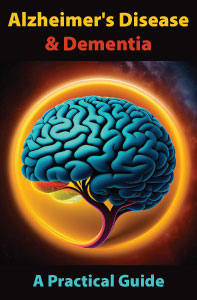
CE INFORMATION
Professional Development Resources is approved by the American Psychological Association (APA) to sponsor continuing education for psychologists. Professional Development Resources maintains responsibility for this program and its content. Professional Development Resources is also approved by the National Board of Certified Counselors (NBCC ACEP #5590); the Association of Social Work Boards (ASWB #1046, ACE Program); the Florida Boards of Social Work, Mental Health Counseling, and Marriage and Family Therapy (#BAP346), Psychology & School Psychology (#50-1635); the New York State Education Department’s State Board for Psychology as an approved provider of continuing education for licensed psychologists (#PSY-0145), the New York State Education Department’s State Board for Mental Health Practitioners as an approved provider of continuing education for licensed mental health counselors (#MHC-0135), licensed marriage and family therapists (#MFT-0100 – Note: New YorkMFTs will receive 3 continuing education credit(s) for completing this self-study course), and licensed social workers (#SW-0664); the Ohio Counselor, Social Worker, and Marriage & Family Therapist Board (#RCST100501 – Note: Ohio MFTs completing this course will receive 3 clinical continuing education credit(s)); the South Carolina Board of Professional Counselors & MFTs (#193); the Texas Board of Examiners of Marriage & Family Therapists (#114) and State Board of Social Worker Examiners (#5678); and is CE Broker compliant (#50-1635 – all courses are reported within two business days of completion).

